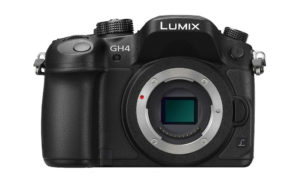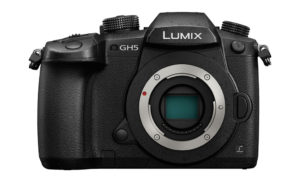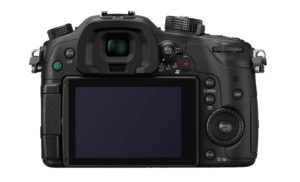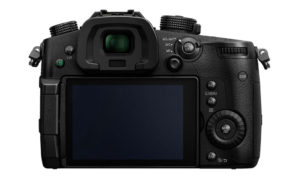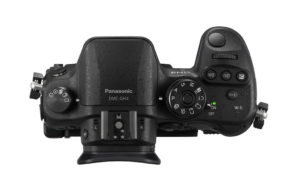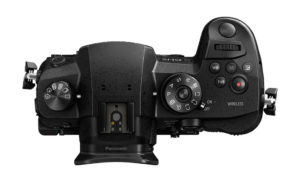The Panasonic Lumix GH4, released more than two years ago, brought 4K video to the mirrorless and interchangeable-lens camera market at an affordable price. Although packed with excellent still features, the GH series has always stood out for its video capabilities which attract both enthusiasts and professional filmmakers. It was true of the GH4 in 2014 and is still true of the new GH5 which was officially announced today.
If the GH4 was the first to offer 4K video below $2000, the GH5 is the first to bring 6K and professional video compression to internal recording, pushing once again the boundaries in comparison to the competition. There is also a new sensor, a new autofocus system and other features that will satisfy still shooters as well. Suffice it to say, once again it is on the video side that the camera impresses the most.
As usual, we’ve compiled this comparison preview to highlight the ten main differences between these two cameras. If we get the chance to use both models at the same time, we will upgrade this post to a full comparison.
Ethics statement: The information supplied in this article is based upon the official specifications found on the Panasonic website and our personal experience with Panasonic cameras. We were not asked to write anything about these cameras, nor were we provided any compensation of any kind. Within the article, there are affiliate links. If you decided to buy something after clicking the link, we will receive a small commission. To know more about our ethics, you can visit our full disclosure page. Thank you!
1. Sensor and image processor
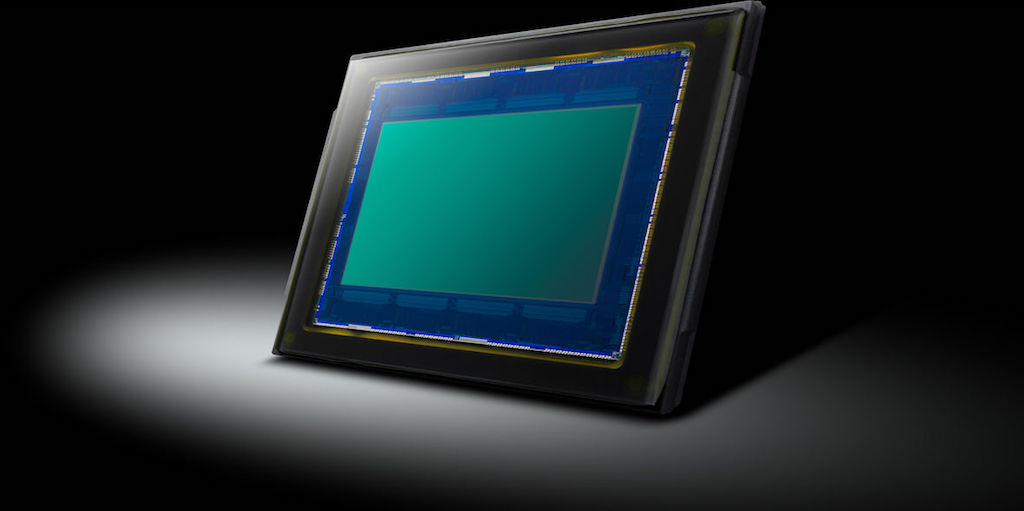
The GH5 features a new 20.3MP Live MOS Micro Four Thirds sensor that lacks a Low Pass filter (as opposed to the 20MP chip found on the Lumix GX8). The new sensor has 1.7x faster readout and that should significantly reduce rolling shutter issues when using the electronic shutter for stills or when recording video in comparison to its predecessor.
The GH4 has a 16MP sensor with a low-pass filter. Although the difference in resolution is not huge, as proven already with other 16MP and 20MP Micro Four Thirds camera, the extra 4MP and the lack of a low-pass filter should give a slight advantage to the GH5 when it comes to fine detail rendering.
Both cameras have the same ISO sensitivity range of 200 to 25600 ISO with an extended low value (100 equivalent).
The new Venus image processor of the GH5 can process data 1.3x faster and, according to the official press release, can render sharper images thanks to the Multi-pixel Luminance Generation that refers to a 9x larger area of pixel information during the de-mosaicing process. It can give more colour accuracy with Three Dimensional Colour Control that detects not only hue and saturation but also brightness. Finally noise reduction should be superior with 4x the noise identification accuracy compared to the previous engine.
2. Autofocus system, AF settings and continuous shooting speed
Panasonic has continued to employ Depth from Defocus (DFD) technology which relies on contrast detection. So far, their AF system has worked really well except when fast moving subjects or critical light conditions (backlit, low light) are involved. Overall the performance is worse than the most recent competitors with phase detection autofocus.
The GH4 has a first generation DfD system with 49 AF points. It can detect the contour of the subject every 6 frames. The speed of the sensor drive during AF is 240fps.
The GH5 reduces the gap with the next generation DfD system that features 225 focus points with a new motion detection algorithm and a 480fps drive speed which is twice as fast as that of the GH4. The DfD technology identifies the subject in all frames and analyses it with more resolution. According to Panasonic, the improvement is relevant for video recording too. Of course we have yet to see how good it is.
For now, the company doesn’t seem interested in phase detection autofocus.
The GH5 features new customised AF settings not available on the GH4. Similar to the one found on the Fujifilm X-T2, you can find four sets that can be customised with the following options:
- AF sensitivity
- AF area switching sensitivity
- Moving object prediction.
Concerning the continuous shooting speed, both cameras shoot at a maximum of 12fps in Single-AF mode. The GH5 does slightly better in Continuous AF with a speed of 9fps in comparison to 7fps on the GH4.
The buffer capabilities have also been increased, with the GH5 being able to gather 100 RAW images versus the 40 files of the GH4.
Finally, the GH5 has a new shutter unit that reduces shutter shock and is tested for approximately 200,000 releases.
3. Image stabilisation
The GH4 lacks sensor stabilisation, as the technology had not been well-developed by the brand at the time (only the GX7 had a 2-axis shift). It relies on the O.I.S. of select Lumix lenses.
The GH5, on the other hand, inherits the second generation Dual IS 2 following after the GX8, GX85 and G85 cameras. Dual IS 2 combines sensor and optical stabilisation for a total of 5 stops of compensation. What is also interesting is that these 5 stops are maintained up to 280mm with select lenses featuring Mega O.I.S. according to Panasonic.
While the results have yet to be seen, the GH5 definitely has more potential concerning image stabilisation for both stills and video hand-held.
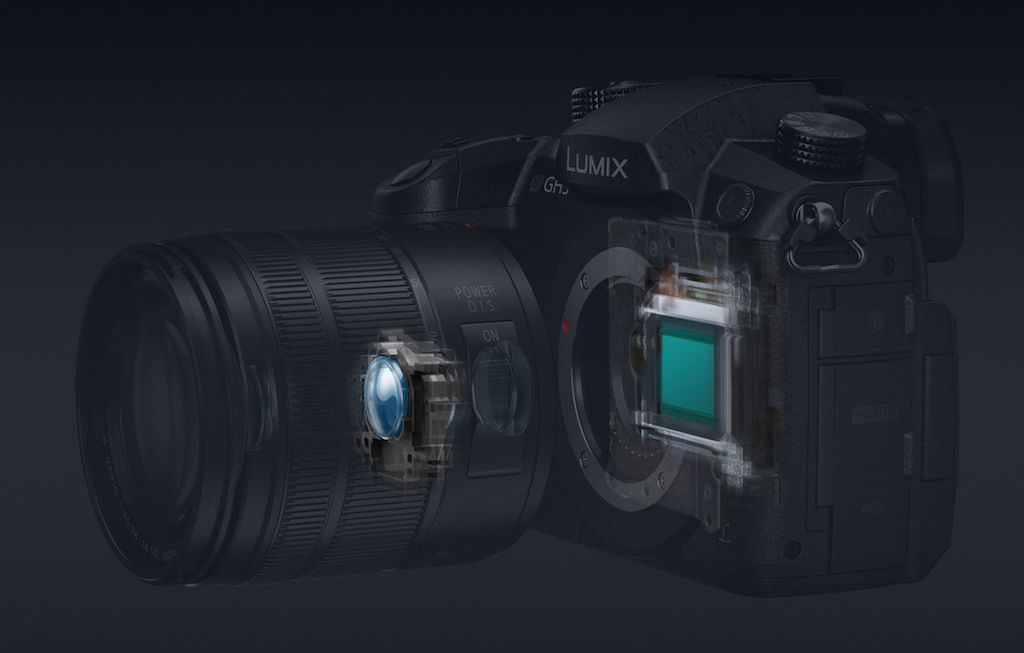
4. 6K vs 4K capabilities
As mentioned in the introduction, the GH4 was the first mirrorless camera to feature 4K internal recording. A firmware update also implemented 4K Photo allowing the camera to shoot a 4K video burst at 30fps in H.264 compression and save any of the frames into an 8MP JPG.
The GH5 brings 6K capabilities for the first time to a prosumer product, although its use is now limited to two features:
- With a future firmware upgrade (summer 2017), it will allow you to record 6K at 24p in anamorphic format by using the entire 4:3 sensor’s surface. This is the same concept as the 4K anamorphic capabilities of the GH4 with firmare 2.2 but with more resolution.
- The new camera also upgrades 4K Photo to 60fps and the new 6K Photo up to 30fps where you can save an 18MP JPG using the HEVC codec (H.265, so better compression than on the GH4). This means that many features that use this technology such as Post Focus will work in 6K/18MP on the GH5.
The GH5 also adds new features to the 4K/6K burst like the possibility to reduce noise at high ISOs and rolling shutter correction without altering the angle of view by using multiple frames to analyse and compose the final picture.
6K won’t be available as a normal 16:9 video format like 4K but don’t worry, there are other interesting upgrades below!
5. Video compression and frame rates
The new GH5 can do 6K but only in certain conditions. The full potential of its 4K capabilities, however, have been fully unleashed!
The GH4 can do 4K with a 4:2:0 8-bit compression, a maximum frame rate of 30fps and 100Mbps bitrate. To get a higher frame rate or better compression you need to rely on the HDMI output or the optional (and expensive) YAGH interface and an external recorder.
The GH5 “kills” external recorders by bringing substantial upgrades to its internal recording. Some features will be available as soon as the camera hits the market like 4K at 60/50fps and 150mbps (4:2:0 8-bit).
Two firmware updates will implement better compression and bitrates. The first, scheduled for April/May, will bring the following to internal recording:
- Cinema 4K (4096×2160) at 24fps, 150mbps and 4:2:2 10bit (IPB)
- 4K up to 30fps, 150mbps and 4:2:2 10bit (IPB)
- Full HD (1080p) up to 60fps, 100mbps and 4:2:2 10bit (IPB)
The second firmware, scheduled for summer 2017, will bring:
- Cinema 4K at 24fps, 400mbps and 4:2:2 10bit (All-Intra)
- 4K up to 30fps, 400mbps and 4:2:2 10bit (All-Intra)
- Full HD (1080p) up to 60fps, 200mbps and 4:2:2 10bit (All-Intra).
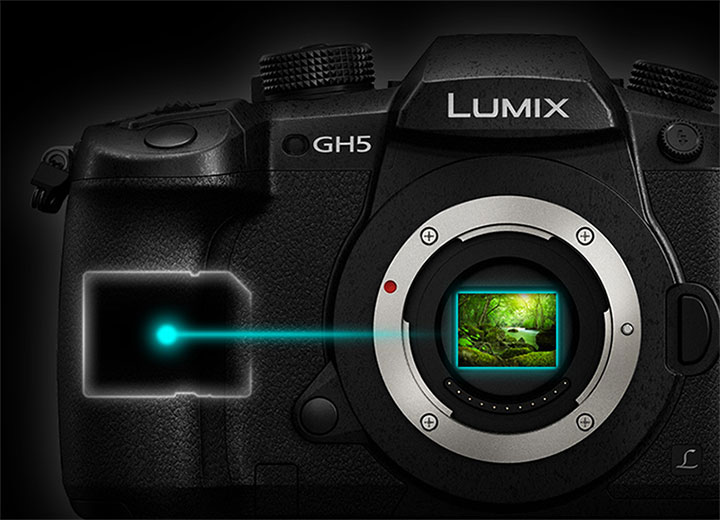
Long story short, after summer 2017 the GH5 will have an impressive selection of high resolution formats, frame rates and bitrates usually limited to expensive large sensor camcorders.
The possibility to record internally in 4:2:2 10-bit means double the colour information and 64 times colour depth in comparison to the internal recording of the GH4. The only option that remains a 4:2:0 8-bit compression is 4K at 50 or 60fps.
In Full HD, the GH4 can reach 96fps if you want some good slow motion capabilities. The GH5 doubles that at 180fps.
Please note that all the video specs mentioned in this chapter are based on the H264 standard. H265 applies to the 6K Photo and 4K Photo modes only.
6. Picture profiles and other video options
The improvement on the video side are not over yet. Currently the GH4 produces a sensor crop when recording 4K (2.3x) or Cinema 4K (2.2x). The GH5 gets rid of this which means you will be able to keep the native field of view of your Micro Four Thirds lenses.
Concerning picture profiles, you can find Cine-like D and Cine-like V on both cameras but the GH5 also gets the Like 709 profile for compatibility with HDTV. With a $100 paid upgrade (of if you buy the GH4R) you can also get the V-log profile to record the vastest dynamic range possible. This paid upgrade will be available for the GH5 as well but if you already bought it for the GH4, you will be able to use the same key to unlock it. I was surprised that Panasonic didn’t included this by default on the new camera.
A few additions on the GH5 include real time LUT when recording in V-Log, a vector scope and a waveform available to display on the LCD monitor. The firmware update will bring a new Hybrid Log Gamma Photo Style (picture profile) that will allow you to record in 4K HDR, a new gamma profile that is making its way onto UHD TVs and BlueRay.
Luminance levels can be selected between 64-1023, 64-940 and 0-1023 (10-bit) on the GH5 in comparison to the 0-255, 16-235 and 16-255 of the GH4.
Another welcome addition is unlimited recording while the GH4 stops after 30 minutes (note that this might not be true for every country however). The new camera has a full sized HDMI port instead of the micro HDMI port of the GH4. This means a more robust port to connect an external monitor for example.
If you want audio, you will find a 3.5mm mic input and headphone output on both cameras. Panasonic also released a new optional accessory, the DMW-XLR1 that adds physical controls and two XLR inputs for microphones. It is definitely smaller than the YAGH interface previously introduced with the GH4 and can be mounted on the hot-shoe on top. Note that the DMW-XLR1 is only compatible with the GH5.
7. Electronic viewfinder and rear monitor
The GH4 has a 2.36 million dot OLED EVF with 0.67x magnification.
The GH5 raises the resolution to 3.68 million dots, a first for an OLED electronic viewfinder found in a mirrorless camera. The magnification also gets better at 0.76x and the optical design has been enhanced for better corner performance.
The touch sensitive rear LCD monitor is also slightly larger on the GH5 (3.2″ vs 3″) with more resolution (1.6M dots vs 1.0M dots).
8. Design and ease of use
Both cameras feature a robust magnesium alloy body and are dust-and-splash resistant. The GH5 expands that durability to freeze proofing down to -10°C.
The GH5 is slightly larger than its predecessor which means there is also a new battery grip (DMW-BGGH5). The grip on the new camera is more ergonomic and the new camera also has larger controls. The Rec button has been moved on top instead of the rear on the GH4. On the GH5, we find a new AF Joystick.
The GH4 features one SD card slot with UHS-I compatibility. The GH5 expands this to two slots with UHS-II. You will also have the opportunity to customise the way you save each file to each slot. For example you can save JPG, RAW and 4K Photo files to one slot and video files to the other. You will be able to record continuously from one to the other, back-up with the second slot or record simulatanoeuly on both (that includes 4K 4:2:2 10bit video!).
9. Menu system, bluetooth and other features
Taking advantage of the slightly larger LCD monitor, Panasonic also re-designed the menu system, giving it a more professional design and increasing it to 8 items per page instead of 5 on the GH4.
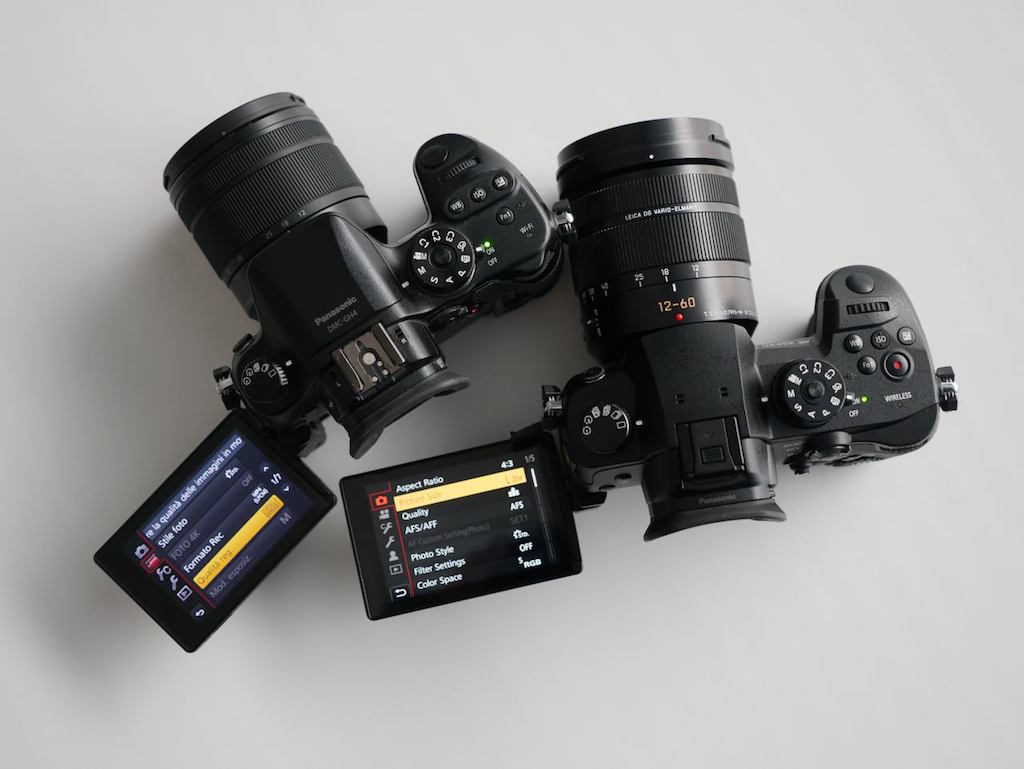
You will find many similarities concerning other features such as time-lapse and stop-motion but the GH5 gets additional features such as Focus Stacking.
Both cameras have Wifi capabilities to remote control, save and transfer images to a mobile device but the GH5 gets bluetooth as well, meaning you will be able to maintain a constant connection with your phone or tablet while using the camera.
10. Price
The price is worth listing in this top 10 list since the gap is significant. The GH4 cost around $1700 but can now be found for around $1500 or even less if you come across some special deals (sometimes closer to $1000).
The GH5 will cost $2000 which puts in at the same price as its direct Micro Four Thirds competitor, the Olympus OM-D E-M1 II.
Conclusion
Like the GH4 before it, the new GH5 packs dozens of improvements to the video department and will surely make filmmakers very happy. Being able to finally bypass the 4:2:0 8-bit compression internally will appeal to those wanting professional video quality without unncessarily increasing the size of their set-up. No need for external recorders connected to the HDMI port anymore.
The new camera processes an impressive amount of data and the fact that it can record two 4:2:2 10-bit 4K signals at 400mbps simultaneously on the two SD cards tells you just how powerful the new Venus image processor is.
On the stills side, it is the new DfD autofocus system that piques my curiousity: can it stand up to the latest phase detection AF systems seen on the OM-D E-M1 II, Sony a6500 or Fujifilm X-T2? Only time and testing will tell.
As it always happens when a new flagship camera appears, the GH4 will probably see a price drop or perhaps increased availability on the second-hand market. This means it could still prove a worthwhile investment if you don’t need all the latest specifications of the new camera.
Check the price of the Panasonic GH4 on
Amazon | Amazon UK | eBay | B&H Photo
Check price of the Panasonic Lumix GH5 on
Amazon | Amazon UK | eBay | B&H Photo
You may also be interested in the following articles:
- Panasonic GH4 vs E-M1 – The complete comparison
- Panasonic GH5 vs Olympus E-M1 II – The complete comparison
- Panasonic GH5 vs GH5s – Comparison preview
- Panasonic GH5 vs G9 – Comparison preview

